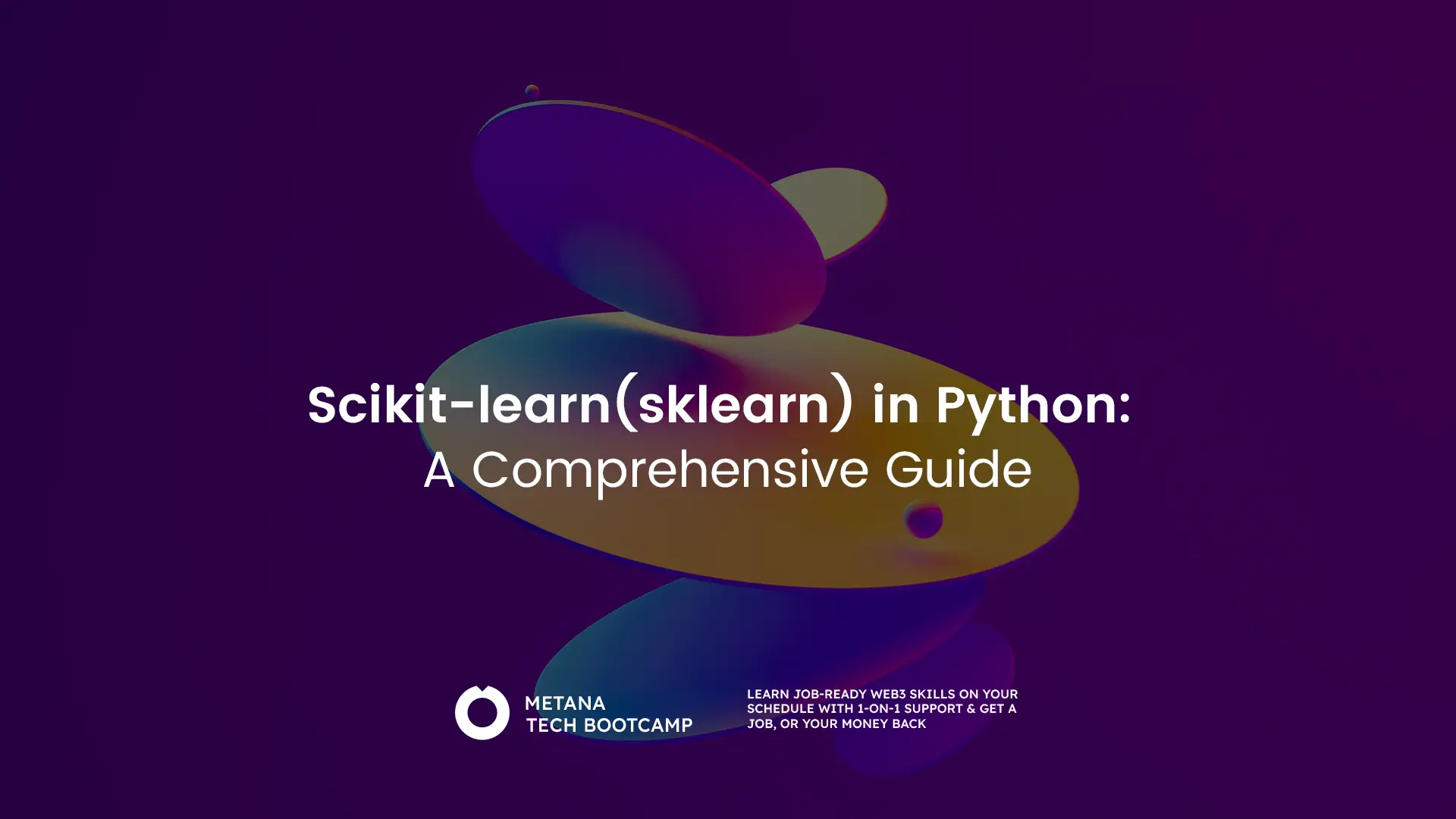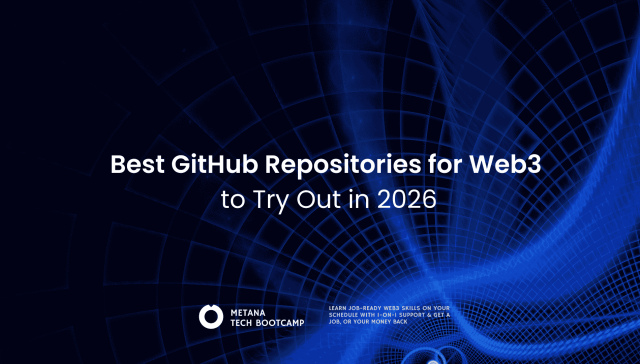Learn about machine learning with Scikit-learn (or sklearn for short). This is a tool that helps data scientists and people who love data. In today’s world, there’s lots of data. We need to find patterns, make guesses, and solve hard problems.
Sklearn is a Python library that gives us many ways to do this. It helps both beginners and experts. We can explore the awesome things scikit learn can do and how it can change how we do machine learning.
scikit learn is a free machine learning library in Python. It has a simple way to use many algorithms for grouping, guessing, and other tasks. Schools, research, and businesses like finance, healthcare, and marketing use it . It aids in solving machine learning tasks and has many applications.
What is SkLearn Used For?
People widely use Sklearn for various machine learning tasks, including classification, regression, clustering, and dimensionality reduction. Its purpose is to provide a comprehensive framework for implementing machine learning algorithms and techniques efficiently.
We can summarize the functionality of sklearn as follows:
- Data preprocessing: Scikit learn offers different tools for data preprocessing, such as data cleaning, feature scaling, and handling missing values. It helps prepare the data before applying machine learning algorithms.
- Model selection and evaluation: Scikit learn provides tools for model selection, including splitting data into training and testing sets, cross-validation, and hyperparameter tuning. Additionally, it offers various metrics for evaluating the performance of models.
- Supervised learning: Sklearn contains algorithms for classification and regression tasks, such as decision trees, support vector machines, random forests, and gradient boosting.
- Unsupervised learning: Sklearn includes algorithms for clustering (e.g., K-means, DBSCAN) and dimensionality reduction (e.g., PCA, t-SNE), which help uncover patterns and structure in the data.
Key features and advantages of using sklearn:
- Ease of use: Sklearn provides a user-friendly interface and consistent API, making it accessible for both beginners and experienced practitioners.
- Comprehensive documentation: Sklearn offers extensive documentation and examples, aiding users in understanding and implementing machine learning techniques.
- Efficiency: Sklearn optimizes performance by utilizing efficient numerical libraries such as NumPy and SciPy. It enables efficient computation even on large datasets.
- Wide range of algorithms: Sklearn incorporates a vast collection of algorithms, allowing users to experiment and choose the most appropriate methods for their specific tasks.
Real-world applications of sklearn:
- Finance: Professionals use Sklearn to analyze credit risk, detect fraud, and predict stock market trends.
- Healthcare utilizes for disease diagnosis, patient monitoring, and analyzing medical data.
- Marketing: Sklearn finds applications in customer segmentation, churn prediction, and recommendation systems.
- Sklearn employs Image and text analysis in tasks such as image classification, sentiment analysis, and spam detection.
These are just a few examples, showcasing how sklearn’s versatility and functionality have been successfully applied in various industries and domains, that answers the question “What is SkLearn Used For?“

Is Scikit and Sklearn the Same?
Yes, Scikit-learn and Sklearn are the same thing. Scikit-learn is the real name of a machine learning library, but people often call it ‘sklearn’ for short.
People started calling scikit-learn ‘sklearn’ because it’s quicker to type and easier to use in code. People use the name ‘sklearn’ frequently in examples, lessons, and chats about scikit-learn. Lots of people like to use ‘sklearn’ when they’re typing out code since it’s shorter.
Even though ‘sklearn’ is not the proper name of the library, everyone in machine learning knows what it means. It’s important to remember that ‘scikit-learn’ and ‘sklearn’ mean the same thing. They’re both names for the same machine learning library that gives us a load of tools and algorithms.
So, to answer the question “Is Scikit and SkLearn the same?” Yes, ‘Scikit’ and ‘SkLearn’ are the same and people can use them to mean the same thing.
How to Import SkLearn in Python?
You can import the sklearn library in Python by following just a few simple steps. Let’s walk through the process together:
Step 1: Installing sklearn:
You need to ensure that you have installed sklearn on your system before importing it. Multiple installation options are available, but the most commonly used methods are pip, conda, and Anaconda.
- Using pip: If you already have pip installed, open your command line or terminal and run the following command:
pip install scikit-learnThis command will download and install the latest version of sklearn from the Python Package Index (PyPI).
- Using conda: If you are using the Anaconda distribution, you can install sklearn using conda by running the following command:
conda install scikit-learnThis command will install sklearn and any required dependencies using the conda package manager.
- Using Anaconda: If you are using the Anaconda distribution, you can also install sklearn using the Anaconda Navigator. Simply open Anaconda Navigator, go to the Environments tab, select the desired environment, and search for “scikit-learn” in the search bar. Click on the checkbox next to sklearn and click the Apply button to install it.
Step 2: Importing and Verifying the Installation:
Once you have successfully installed sklearn, you can import it into your Python script or interactive session. Open a Python environment or script and add the following line at the beginning of your code:
import sklearnThis imports the entire sklearn library, allowing you to access all its functionalities.
You can run the following command to verify that sklearn is installed correctly.
print(sklearn.__version__)This will display the version of sklearn installed on your system.
Congratulations! You have successfully imported and verified the installation of sklearn in Python and answered the question “How to import SkLearn in Python?” You are now ready to explore the vast world of machine learning with sklearn at your fingertips.
Conclusion
In conclusion, the sklearn library plays a crucial role in machine learning by providing a versatile and comprehensive framework for implementing various algorithms and techniques. Its importance stems from its ease of use and accessibility, making it suitable for both beginners and experienced practitioners.
Sklearn’s significance lies in its vast collection of algorithms for classification, regression, clustering, and dimensionality reduction. It offers efficient implementations and optimized performance, enabling users to experiment with different techniques and select the most suitable ones for their tasks.
Whether you are a novice or an expert, sklearn’s user-friendly interface and extensive documentation make it a valuable asset in your machine learning journey. Its versatility extends to various industries, such as finance, healthcare, and marketing, where it finds successful applications.
I encourage you to explore the vast array of functionalities offered by sklearn and leverage its power to solve real-world machine learning problems efficiently. With sklearn, you have the tools to analyze data, build models, and make accurate predictions or uncover valuable insights. Embrace the possibilities and unlock the potential of machine learning with sklearn.

- What is Scikit-Learn?
Scikit-Learn, also known as sklearn, is an open-source machine learning library in Python that provides a comprehensive set of tools and algorithms for various machine learning tasks.
- How do I install Scikit-Learn?
To install Scikit-Learn, you can use the pip package manager in Python. Open a terminal and run the command pip install scikit-learn.
- Can Scikit-Learn be used for both classification and regression tasks?
Yes, Scikit-Learn offers algorithms and tools for both classification and regression tasks. It provides a wide range of models that can cater to different problem types.
- Is Scikit-Learn suitable for beginners in machine learning?
Absolutely! Scikit-Learn’s user-friendly interface and extensive documentation make it an ideal choice for beginners in machine learning. It provides a gentle learning curve and offers straightforward implementation of algorithms.
- Can Scikit-Learn handle large datasets?
Scikit-Learn is optimized for performance and can efficiently handle large datasets. The library is built upon efficient numerical libraries like NumPy and SciPy, ensuring scalability and high performance.
- Are there any alternatives to Scikit-Learn?
While Scikit-Learn is a popular choice, there are other machine learning libraries available, such as TensorFlow, PyTorch, and Keras. These libraries offer more advanced functionalities and options for deep learning models.
- Does Scikit-Learn support parallel processing?
Yes, Scikit-Learn provides support for parallel processing, allowing users to take advantage of multiple cores or processors to speed up computations. This can significantly reduce the training time for machine learning models.
- Can I use Scikit-Learn for natural language processing (NLP) tasks?
Although Scikit-Learn offers some basic tools for text processing and feature extraction, it is not specifically designed for advanced NLP tasks. For complex NLP tasks, libraries like NLTK, spaCy, or Transformers are more suitable.
- Is Scikit-Learn suitable for deep learning tasks?
Scikit-Learn primarily focuses on traditional machine learning algorithms and is not specifically geared towards deep learning tasks. For deep learning, libraries like TensorFlow, PyTorch, or Keras should be considered.
- Is Scikit-Learn actively maintained and updated?
Yes, Scikit-Learn is actively maintained by a dedicated community of developers. Regular updates and improvements ensure that the library stays relevant and incorporates the latest advancements in the field of machine learning.








